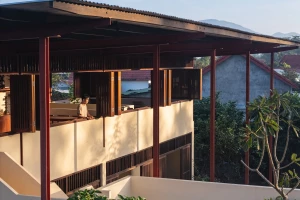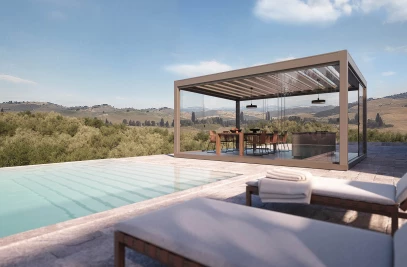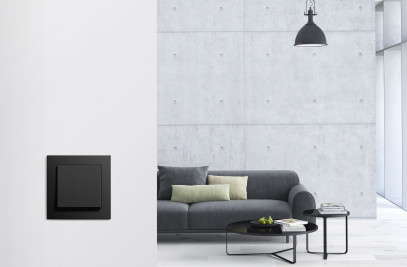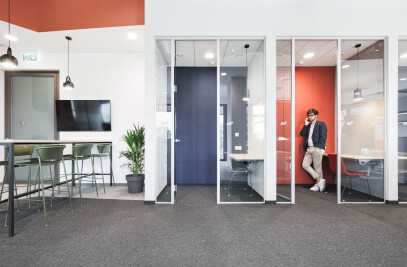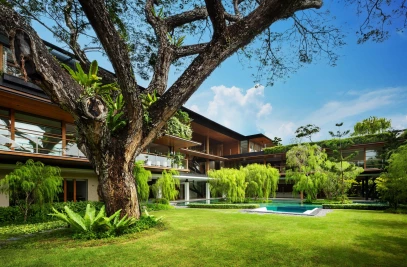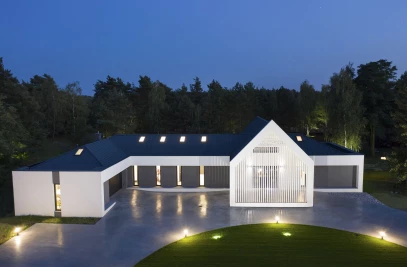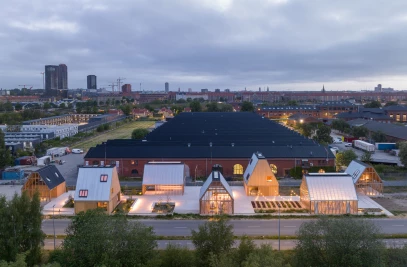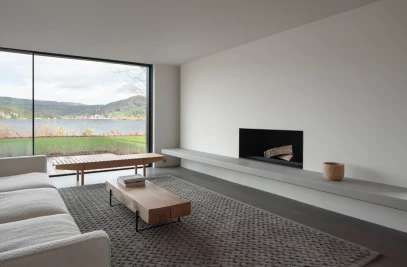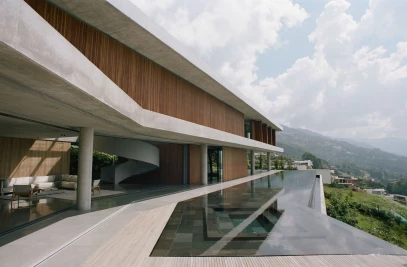Canadian architectural firm Provencher_Roy postulates: “What if training the leaders of the future started with immersion in responsible architecture in tune with its surroundings?” In response, the studio has completed a new home for HEC Montréal, a prestigious business school in Montreal, Quebec. The 24,000-square-meter Hélène Desmarais Building in the city’s downtown core combines contemporary, functional, and sustainable design principles: the building is designed to harmonize with its natural and built environment.
The Hélène Desmarais Building is named after Québécois businesswoman Hélène Desmarais, a graduate of HEC Montréal and the first female President of the business school’s board of directors. The new building is located in Montreal’s central Ville-Marie borough, representing a return to HEC Montréal’s roots: as Canada’s first business school, it was founded in Ville-Marie in 1907. The building’s cutting-edge architecture is a reflection of how much the world has changed since that time. Provencher_Roy’s design responds to three objectives: “Opening up a dialogue that pays homage to a remarkable heritage; establishing a downtown presence that reflects the school’s international character; and supporting the principles of sustainable development by creatively applying current standards.”
Provencher_Roy designed a building that is dynamic, light, and respectful of protected heritage areas. Movement is organized around two perpendicular axes (extending from Rue De La Gauchetière to Boulevard René-Lévesque and from the entrance at Côte du Beaver Hall to Basilique Saint-Patrick).

A five-story atrium at the center of these axes features elevators and sculptural staircases that guide the building’s users to the upper levels; the atrium also fills the space with warmth and natural light.

“The pedestrian pathways that cross the building, spanning from east to west and north to south, resolve a nine-meter elevation difference across the site. These pathways connect the urban fabric with heritage areas,” explains Provencher_Roy.
The studio was careful to create a harmonious relationship between the Hélène Desmarais Building and the historic Saint Patrick’s Basilica — a newly landscaped and barrier-free public space connects the two properties.
The project’s choice of materials was particularly significant. Provencher_Roy sourced all materials within a distance of 800 kilometers from the site. Moreover, 30 percent of the materials used were recycled and all materials are free of volatile organic compounds.
The Hélène Desmarais Building has achieved LEED Gold certification. “The architecture demonstrates responsible, ecological, and sustainable design, extending all the way to the envelope,” says Provencher_Roy. “To create a high-performance, completely glazed membrane, an innovative cladding glass system was developed against opaque walls, replacing traditional curtain wall technology that lacked satisfactory thermal capabilities.”
There are several notable examples of the Hélène Desmarais Building’s sustainable and energy-efficient construction:
The glass skin’s performance surpasses National Building Code stipulations by 30 percent.
Windows account for just 36 percent of the wall surfaces and are arranged in a way that creates a pleasant environment.
The building harnesses geothermal energy via 30 wells, each located at a depth of 150 meters.
Ninety-two percent of worksite waste was reused or recycled.
New trees, shrubs, perennial plants, and three green roofs contribute to biodiversity and help reduce the urban heat island effect.
Community well-being is an integral part of the Hélène Desmarais Building, where a diverse range of learning, research, and collaborative spaces encourage meaningful interactions between students, teachers, business professionals, and community groups.
The Hélène Desmarais Building’s facilities include 27 classrooms, a 296-seat amphitheater, research wing, library, community cafeteria, indoor garden, administrative spaces, and a conference and event center.
Two contemporary art pieces were created specifically for the project, in line with a policy set out by Quebec’s Ministère de la Culture et des Communications that mandates the inclusion of art in public construction projects: “Mappemonde” by Nicolas Baier (a huge exterior bas-relief sculpted from Corian) and “Théâtralité contextuelle” by Ludovic Boney (a monumental sculpture built from colorful aluminum-plated tubes that hangs in the atrium).














































